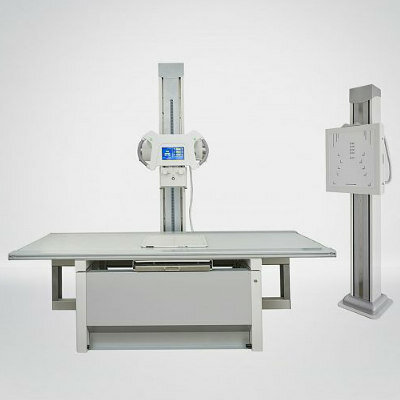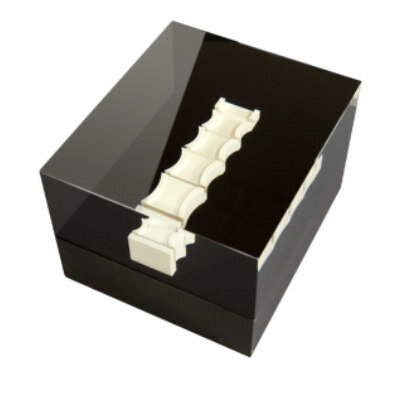MRI Scans Show Indications of Brain Injuries Not Seen in CT Scans
By MedImaging International staff writers
Posted on 07 Jan 2013
Magnetic resonance imaging (MRI) scanning at the hospital may be better at predicting long-term outcomes for individuals with mild traumatic brain injuries than computed tomography (CT), the customary modality for assessing such injuries in the emergency room, according to recent findings.Posted on 07 Jan 2013
The study’s findings were published online December 7, 2012, in the journal Annals of Neurology. Led by the University of California, San Francisco (UCSF; USA) neuroradiologist Esther Yuh, MD, PhD, the study, called the US National Institutes of Health (NIH)-funded TRACK-TBI (Transforming Research and Clinical Knowledge in Traumatic Brain Injury), tracked 135 individuals treated for mild traumatic brain injuries over the past two years at one of three city hospitals with level-one trauma centers: San Francisco General Hospital (SFGH), the University of Pittsburgh Medical Center (PA, USA), and University Medical Center Brackenridge (Austin, TX, USA).
All 135 patients with mild traumatic brain injuries underwent CT scanning when they were first admitted, and all were given MRI scan about a week later. Most of them (99) had no detectable signs of injury on a CT scan, but more than one-fourth (27/99) who had a “normal” CT scans also had detectable areas on their MRI scans called “focal lesions,” which are indications of microscopic bleeding in the brain.
Identifying these focal lesions helped the doctors predict whether the patients were likely to endure persistent neurologic difficulties. Approximately 15% of people who have mild traumatic brain injuries do suffer long-term neurologic problems, however clinicians currently have no definitive way of predicting whether any one patient will or not. “This work raises questions of how we’re currently managing patients via CT scan,” said the study’s senior author Geoff Manley, MD, PhD, the chief of neurosurgery at SFGH and vice-chair of the department of neurological surgery at UCSF. “Having a normal CT scan doesn’t, in fact, say you’re normal.”
The US Centers for Disease Control and Prevention estimates that far more mild traumatic brain injuries may occur each year in the United States but the real number is not known because only injuries severe enough to bring someone to an emergency room are counted. Most of those who do show up at emergency rooms are treated and released without being admitted to the hospital. Typically, most people with mild traumatic brain injuries fully recover, but approximately one in six develop persistent, sometimes permanent, disability.
The difficulty, according to Dr. Manley, is that there is no way to tell which patients are going to have the poor long-term outcomes. Various socioeconomic factors can help predict prolonged disability, but until now, there were no validated imaging modalities, or blood tests for predicting how well or how quickly a patient will recover. Neither is there an agreement on how to treat mild traumatic brain injuries. “The treatment’s all over the place--if you’re getting treatment at all,” Dr. Manley said. The new study, according to the researchers, is a significant step closer toward finding a more quantitative method of assessing patients with mild traumatic brain injuries and developing more precision medical tools to identify, track, and treat them, he added.
If physicians knew which patients were at risk of greater disabilities, they could be tracked more carefully. The ability to identify patients at risk of long-term consequences would also hasten the development of new drugs because it would allow the identification of patients who would benefit the most from treatment and enhance their ability to evaluate potential new drugs in clinical trials.
Related Links:
University of California, San Francisco














